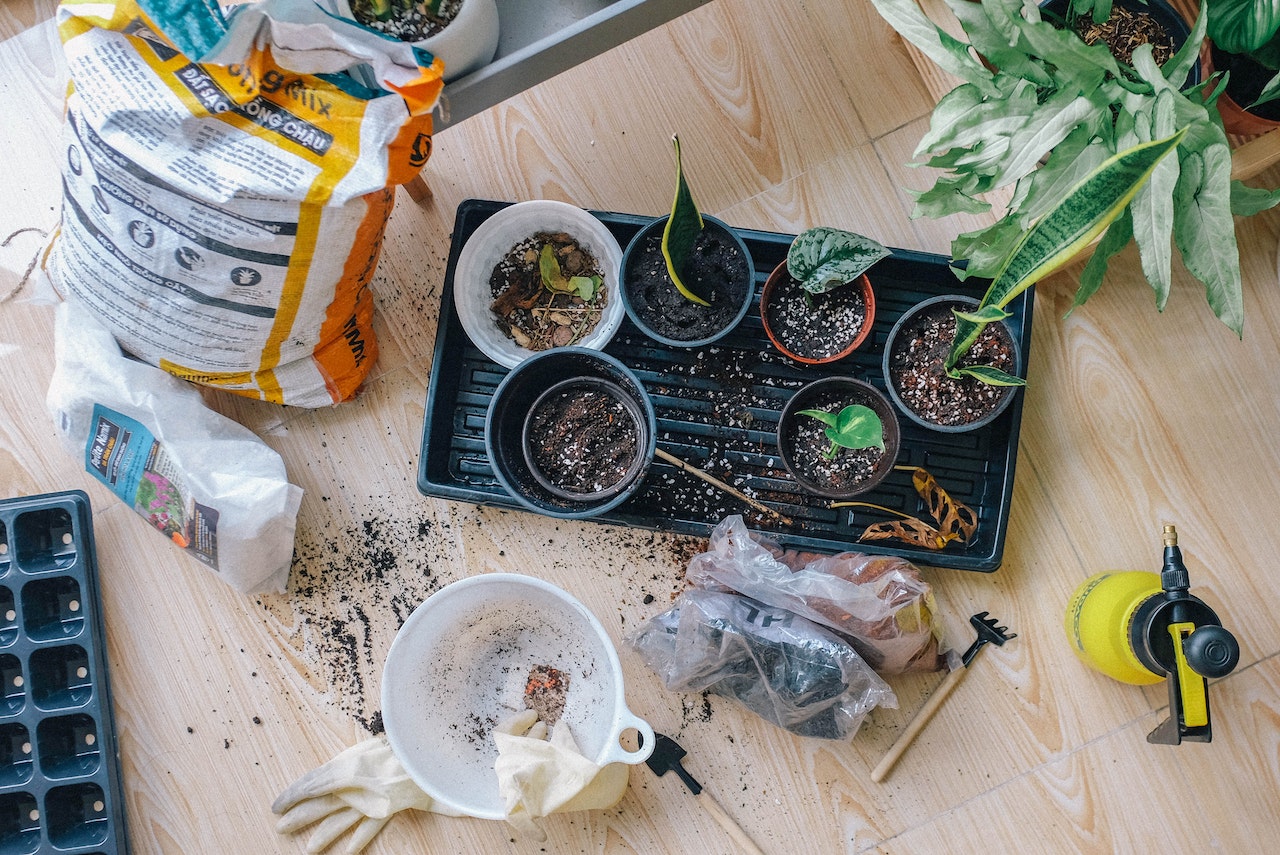Embarking on the journey of starting a vegetable garden can be an immensely rewarding experience. However, the process may seem daunting if you’re a beginner. The good news is that anybody can cultivate a lush, productive garden with the right guidance and a little patience. This comprehensive guide will walk you through the essential steps to help you confidently start your vegetable garden.
Understanding Your Space and Climate
The initial consideration when starting your vegetable garden is space. Assess your garden space to determine where your vegetable garden will thrive. You’ll need an area with ample sunlight, good drainage, and easy access to water. Consider the specifics of your climate too, as this will influence the type of vegetables that you can grow successfully.
If your garden area lacks good drainage, you might need to look into asphalt and concrete services to improve the infrastructure before proceeding. This will ensure your new vegetable patch doesn’t suffer from water logging, which can harm plant roots and limit growth.
Sunlight and Shade Requirements
Most vegetables need at least six to eight hours of sunlight per day to grow effectively. Your garden should receive sufficient sunlight while also offering some shady areas, which can be beneficial for vegetables that thrive in cooler conditions. Use this information to plan where to plant each type of vegetable in your garden layout.
Climate Considerations
Research your local climate conditions and choose vegetable varieties suited for your area. Some vegetables favor warmer climates, while others thrive in cooler weather. Understanding your climate will help you select suitable vegetables and plan the best planting times for an abundant harvest.
Choosing the Right Vegetables
Once you’ve determined the characteristics of your garden space, the next step is choosing the vegetables you’ll grow. As a beginner, selecting easy-to-grow vegetables can help you gain confidence and experience. Some of the easiest vegetables for beginners include tomatoes, carrots, radishes, lettuces, and bush beans.
Consult local gardening resources or nearby landscaping design and maintenance experts for advice on the best varieties for your locale. They can provide valuable insights and might even suggest heirloom varieties that will thrive in your garden.
Starting with Seeds or Seedlings?
An essential decision you’ll make is whether to start your plants from seeds or buy seedlings. Seeds offer a broader selection, but require patience and more initial effort. Seedlings are generally more straightforward for beginners, providing a head start in the growing process.
Companion Planting Techniques
Companion planting involves planting different crops close together to enhance growth, deter pests, and improve yields. Learning these combinations can help you create a balanced and fruitful garden. For instance, planting basil near tomatoes can repel insects, and marigolds can deter many common garden pests.
Preparing Your Soil
Healthy soil is the foundation of a successful vegetable garden. Good soil conditions support strong root development, efficient nutrient uptake, and result in a more productive garden. Let’s delve into how you can optimize your soil.
If you’re experiencing frequent water retention issues, waterproofing and coatings services might be a necessary consideration to protect your garden from excessive moisture levels.
Testing and Amending Soil
Start by assessing your soil’s texture and nutrient content. Aim for loamy soil, which is a balance of sand, silt, and clay and provides excellent drainage and nourishment. At home soil testing kits can inform you about your soil’s pH and nutrient profile, allowing you to make any necessary amendments.
Adding organic matter like compost, peat moss, or aged manure can improve soil fertility and structure, providing essential nutrients that vegetables need to thrive.
Building Raised Beds
For gardeners dealing with poor soil quality, raised beds are an excellent solution that allows you to have complete control over your soil environment. They provide improved drainage and can be filled with nutrient-rich soil customized for optimal vegetable growth.
Watering Your Vegetable Garden
Watering is crucial for plant health and development. You’ll want to establish a consistent watering schedule to prevent issues such as wilting or root rot. The amount and frequency of watering will vary depending on your local climate and the time of year.
Best Practices for Watering
Water your garden deeply but infrequently to encourage roots to grow strong and deep. Early morning or late afternoon is the best time to water, as this reduces evaporation and allows plants to absorb maximum moisture before the heat of the day.
Water Conservation Tips
Conserving water is both environmentally friendly and beneficial for plants. Mulching around plants can reduce water loss, maintain soil temperature, and prevent weeds from taking root. Additionally, consider installing a drip irrigation system for more efficient watering directly to plant roots.
Managing Pests and Diseases
A successful vegetable garden requires battling potential pests and diseases with thoughtful strategies. Natural solutions and proactive management can keep unwanted visitors at bay while protecting your plants.
Organic Pest Control Methods
Biological controls, such as beneficial insects like ladybugs and lacewings, can significantly reduce harmful pest populations. Natural pesticides, like neem oil and insecticidal soap, offer effective alternatives to chemical sprays.
Preventing Plant Diseases
Practice crop rotation to prevent disease buildup in the soil. Choosing disease-resistant varieties, maintaining good air circulation by spacing plants adequately, and keeping leaves dry can also help you avoid common plant diseases.
Harvesting and Enjoying Your Produce
Harvesting is the gratifying conclusion to your vegetable garden journey, where your patience, effort, and care finally bear fruit—or vegetables!
Knowing when to harvest is often a learning experience dictated by the plant’s growing schedule and the desired texture or flavor of the produce. Picking vegetables at their peak ensures the best taste and nutritional value.
Tips for a Successful Harvest
Use clean, sharp tools to harvest your vegetables to prevent damaging the plant or introducing disease. Regular harvesting can also promote further production, especially with crops like beans and cucumbers.
Culinary Enjoyment
The most rewarding part of growing your own vegetables is enjoying your fresh, healthy produce in the kitchen. Experiment with new recipes and savor the flavors of your home-grown culinary options.
Starting a vegetable garden can be a fulfilling endeavor that not only connects you to nature, but also adds freshness to your dining table. With planning and dedication, you’ll soon harvest the delicious benefits of your new garden lifestyle.


